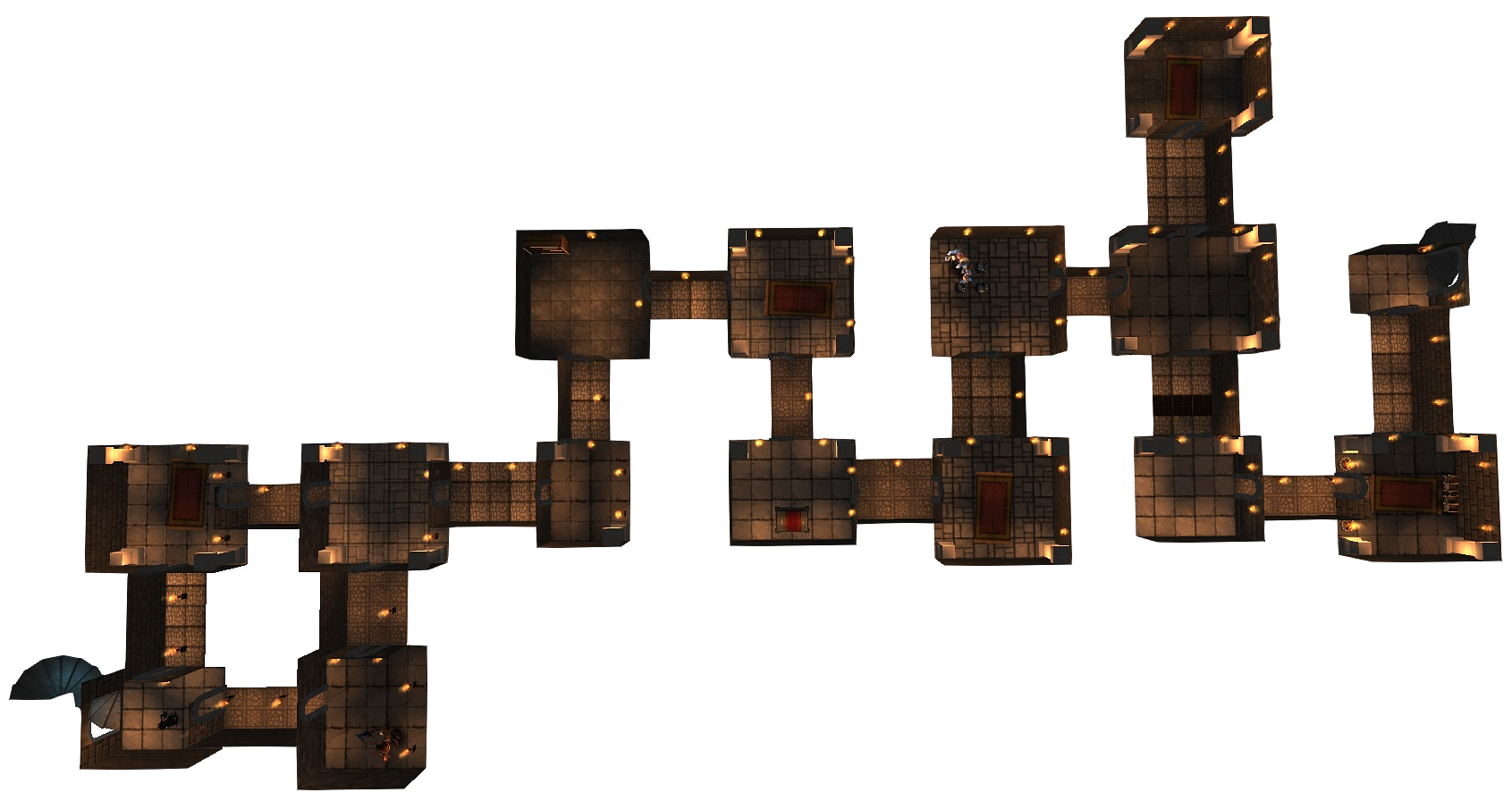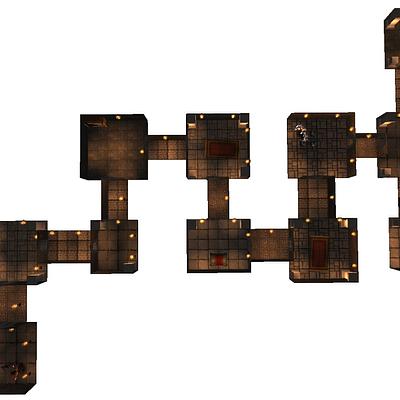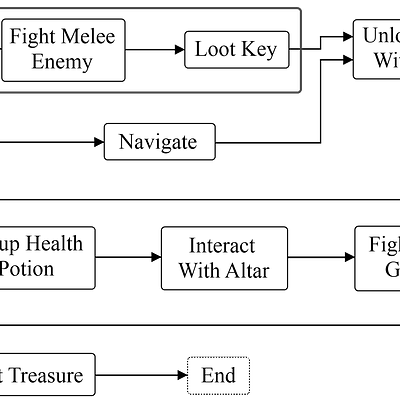IEEE Transactions on Computational Intelligence and AI in Games
Procedural generation of dungeons

The use of procedural content generation (PCG) techniques in game development has been mostly restricted to very specific types of game elements. PCG has been seldom deployed for generating entire game levels, a notable exception to this being dungeons, a specific type of game levels often encountered in adventure and role playing games. Due to their peculiar combination of pace, gameplay and game spaces, dungeon levels are among the most suited to showcase the benefits of PCG. This article surveys research on procedural methods to generate dungeon game levels. We summarize common practices, discuss pros and cons of different approaches, and identify a few promising challenges ahead. In general, what current procedural dungeon generation methods are missing is not performance, but more powerful, accurate and richer control over the generation process. Recent research results seem to indicate that gameplay-related criteria can provide such high-level control. However, this area is still in its infancy, and may research challenges are still lying ahead, e.g. improving the intuitiveness and accessibility of such methods for designers. We also observe that more research is needed into generic mechanisms for automating the generation of the actual dungeon geometric models. We conclude that the foundations for enabling gameplay-based control of dungeon-level generation are worth being researched, and that its promising results may be instrumental in bringing PCG into mainstream game development.
More Information
Gallery
Citation
BibTex
@article{bib:vanderlinden:2014,
author = { van der Linden, Roland and Lopes, Ricardo and Bidarra, Rafael },
title = { Procedural generation of dungeons },
journal = { IEEE Transactions on Computational Intelligence and AI in Games },
volume = { 6 },
number = { 1 },
year = { 2014 },
pages = { 78--89 },
doi = { 10.1109/TCIAIG.2013.2290371 },
url = { https://publications.graphics.tudelft.nl/papers/455 },
}

